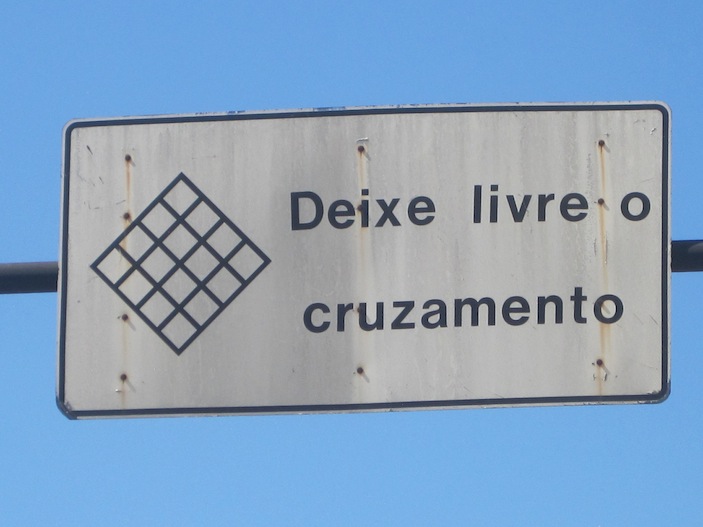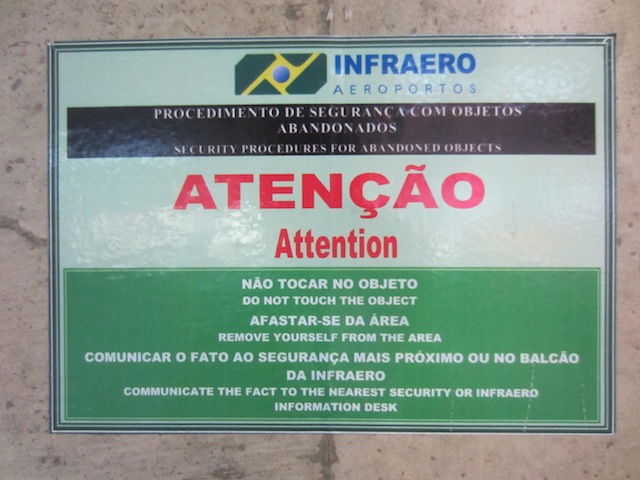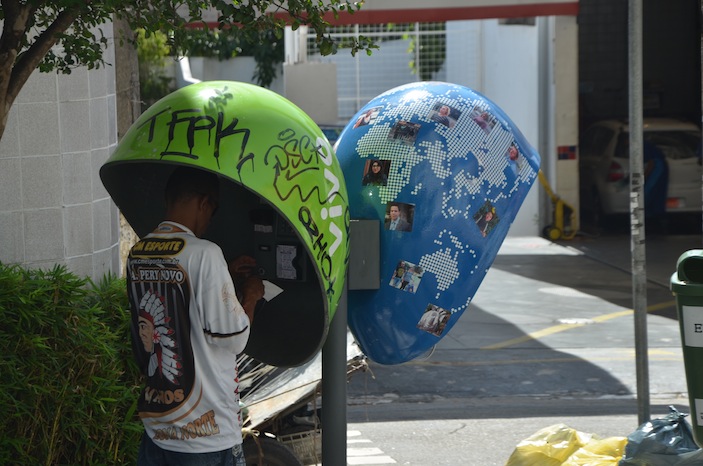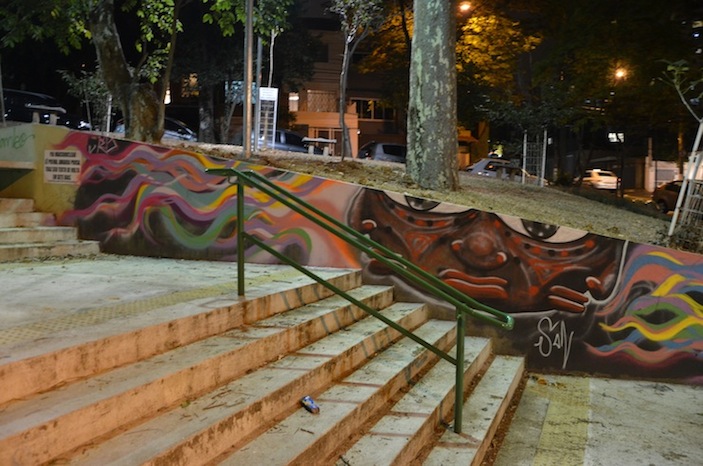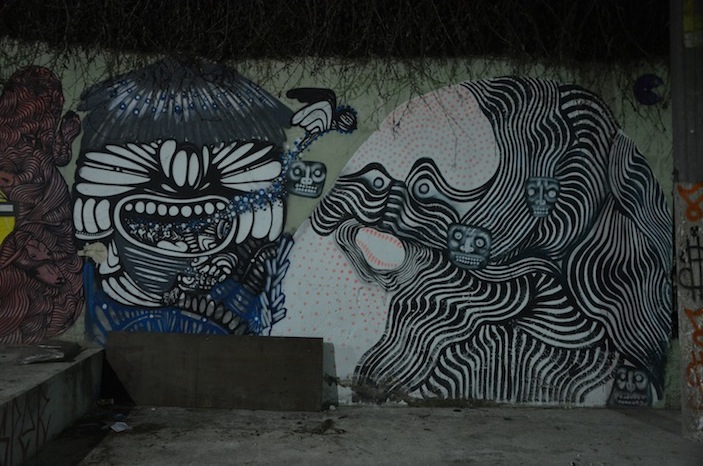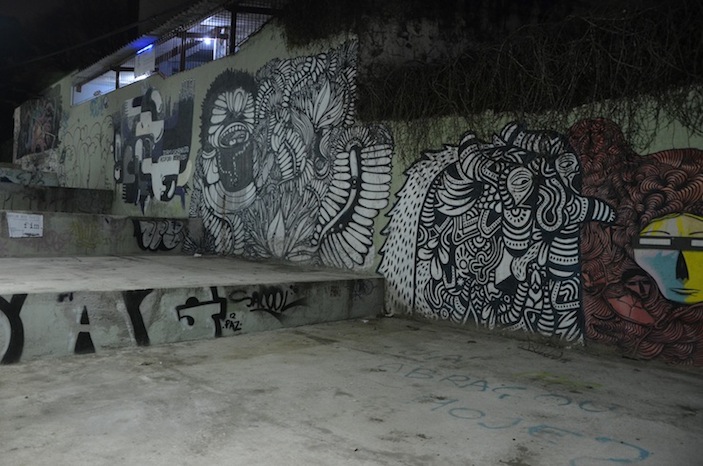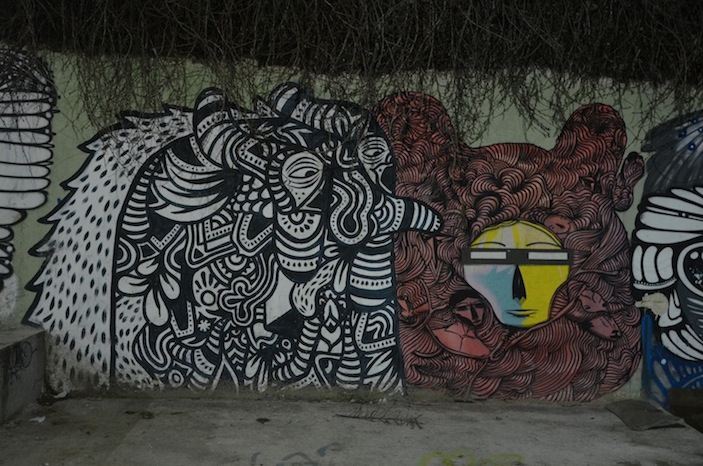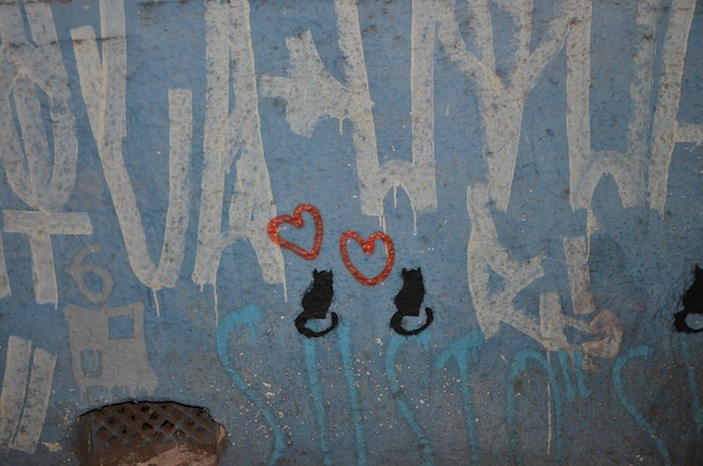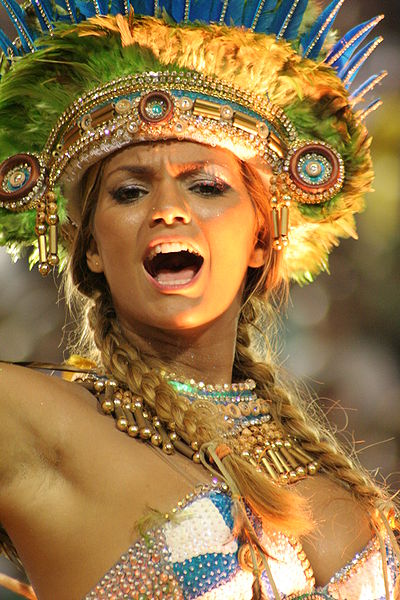IDsãopaulo: Eye Patch Man
How an Extra “9” Cost Me Big
It was about 8:30 in the evening, and I had just arrived at São Paulo-Guarulhos International Airport to board my flight to Washington. I checked in with time to spare and, as GRU’s entertainment options are limited, decided I’d spend another 15 or 20 minutes chatting with my friend who was so generous to bring me to the airport.
After a few minutes of talking about the country’s politics, which I know little about, we exchanged farewell pleasantries and I was on my way. In theory. The problem is, I unknowingly had left my passport and my boarding pass on the car’s dashboard, and waved as my friend drove off. I realized it within minutes, and figured I would simply give a call and, since she wasn’t far, have her turn back.
So I called. And called. And called. Each time, I heard a recorded voice on the other end saying something in Portuguese I couldn’t understand. Starting to feel a twinge of panic, I raced to the Internet shop across the departure all, and paid for 15 minutes. My friend had a smartphone, so I thought maybe an email would do the job as well. So message after message I sent, each becoming more desperate in tone, eagerly refreshing my inbox after each one. Nothing.
Next recourse was to buy an hour of wifi from the same shop, and hopefully have my phone connect to a chat messenger like Whatsapp, which I knew my friend also had. Except that it wouldn’t connect, and by this time, I was sure she was nearly back to Sao Paulo. Sure enough, I got a phone call after an hour that said she was back at home and just now had seen my messages.
While I was relieved that I had located my passport, my flight was long gone by this point.
My friend was kind enough to come back to GRU and pick me up, and I asked, rather incredulously, why she had changed her number. Except she hadn’t. Brasil had changed it for her.
In late July of last year, due to the shortage of mobile numbers, every mobile phone number in the country had a “9” added to the front of it, just after the area code. While I had remembered hearing about it, I didn’t make the connection and actually go into my contacts list and change the number. Those words I couldn’t understand on the other end of the phone told me the same as well, but the announcement wasn’t in English.
A lesson for the books, and hopefully it will be decades before Brasil has to add another digit, but make sure you have your contacts fresh!
IDsãopaulo: Do Not Touch the Object!
IDsãopaulo: World Map Phones!
IDsãopaulo: Vila Madalena Steps
When in Brasil, Make Sure to Try Feijoada…Just Make Sure to Do It on Wednesday or Saturday!
Often considered Brasil’s National Dish, feijoada is a hearty dish consisting of black beans, onion, garlic and a variety of meats—most commonly pork—slow cooked into a robust stew, served with farofa and white rice. It’s certainly something to try if you want to live like a Brazilian, but make sure you’re aware of your days.
You see, whether you plan to eat at someone’s house or in a restaurant, feijoada is only available on Wednesdays and Saturdays (with the occasional Sunday offering). That’s right—restaurants actually serve dishes only on particular days with all following the same cultural norms.
I couldn’t imagine such a practice being followed in the US—when we want something, we want it now. Sure, maybe pizza places are a little busier on Friday nights, but nobody’s going to tell me they can’t serve me pizza on a Wednesday, so long as my credit card works.
It has taken some getting used to, but I finally have a grasp on what foods go with what days of the week in Brazil, some of which are listed below. And while that knowledge may have almost no practical use—what is served is what I eat anyway—at least it helps me refrain for getting my heart set on feijoada when it won’t be possible to eat.
IDsãopaulo: Consolação
IDsãopaulo: Vila Madalena (Valentine’s Day Special)
Nobody Does Carnival Quite Like Brasil
Easily the most anticipated holiday of the year in Brasil, this weekend’s event basically shuts down the country (with the exception of shopping, carnival workers and tourism industries, as nearly 70% of the country’s visitors come this week). In Rio de Janeiro alone, nearly five million people will participate, including nearly 500,000 from abroad.
While the celebration before Lent is celebrated around the world, nobody does it quite like Brasil. Every major city will host massive parades led by samba schools—dance groups that spend the entire year practicing to compete against one another during Carnival—which are televised and watched by anyone who isn’t there. Smaller cities have their own parades in which anyone can participate, basically turning the entire town into a marching party. Everywhere you look, trios elétricos (trucks equipped with deafening sound systems that drive around blaring samba music) will be driving around, followed by a contingent of people dancing instinctively to the rhythms as if compelled by nature. People sing, people dance, people wear costumes, and people drink. Indeed, it is estimated that this weekend alone will account for nearly 80% of the country’s beer consumption for the entire year.
While the style of celebration varies place to place, the epic nature of each city’s celebration is consistent. In the Southeast (most notably Rio), the festivities are dominated by traditional forms of samba—the enredo, the embalo, the bloco and the marchinha. In the Northeast (most notably Bahia), people enjoy more Afro-Caribbean influenced styles: the frevo, the maracatu, samba-reggae and Axé music.
The thought of an entire nation dancing for an entire weekend is probably unfathomable to most, but once you’ve experienced a Brazilian Carnival, that view may chance. So if the thought of it intrigues you, grab your dancing shoes and let’s go!
.jpg)
